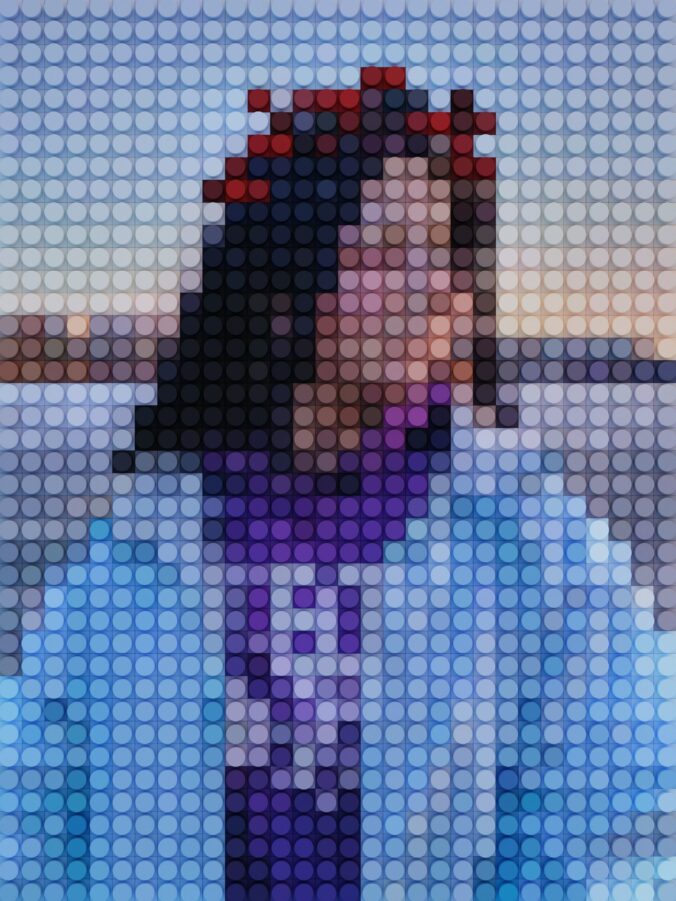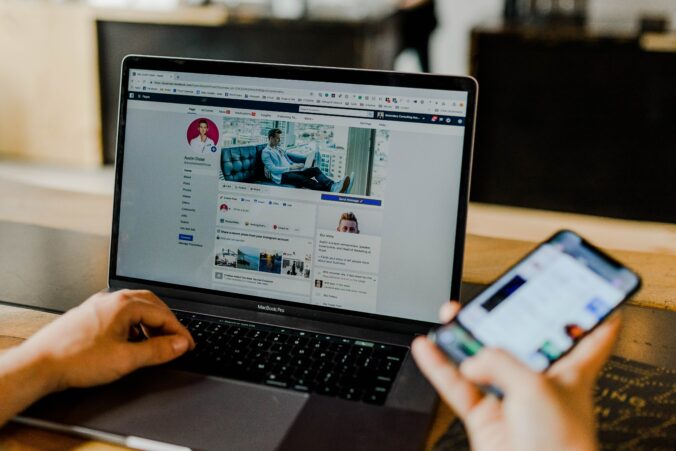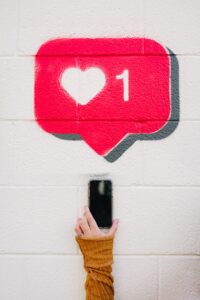What is a digital identity?
Digital identity is your presence online – what you choose to share and how you interact to represent yourself digitally (Stoller, 2016). These can be constructed on platforms such as: Facebook, Instagram, Twitter, YouTube, LinkedIn etc. Our digital identities can help our personal and professional lives by connecting us with local and/or global communities, as well as diminish those connections and supports if you do not represent yourself authentically and professionally online.
In some areas of the world, digital identity can also be used to increase political and social inclusion, drive economic growth, and provide citizens access to services online, such as: voting, health records, and taxes (World Economic Forum, 2019).
How do personal versus professional approaches to digital identity affect social media use?
Many people choose to have multiple social media accounts for personal and professional use as they separate the type of content and tailor their language to distinct audiences. A personal account is a space where people choose to reach out to friends and family, post photos, and connect to like-minded groups. Contrastingly, a professional social media account is a space where people choose to omit many of their personal details and prove themselves ‘hireable’ as they share their positions and achievements to connect with other professionals in their field. Spracklen (2015) discusses that our digital identities, whether personal or professional, are performative and often full of half-truths or false representations as we use social media to ‘best’ represent ourselves online to find belonging and meaning in our culture.
How do digital identities converge in networked publics – what are the impacts and/or benefits?
Digital identities are increasingly being sourced as a means to access public services and prove residency (2019). Unfortunately these opportunities are not accessible to all as nearly 50% of the worlds population still does not have internet access. This brings up issues of inclusion and discrimination as not all citizens are able to participate digitally in an equal manner. Converging out digital identities with networked publics can also bring about negative impacts to security, ethics, and privacy if not standardized and quality controlled (2019).
However, if digital identities can be implemented on a global scale with equal opportunity and safety, the positive impacts for society and economy would be immense. In Estonia, digital identities are used to access businesses and services through a digital ID card. These ID cards are used for taxes, e-voting, e-prescriptions and signing digital documents – thus saving their citizens time and money for accessing various public services (2019).
Resources:
Davos (2019). The Value of Digital Identity for the Global Economy and Society https://youtu.be/1-V7lyxrOmw
Spracklen, K. (2015). Identity-Making and Social Media. In: Digital Leisure, the Internet and Popular Culture. Leisure Studies in a Global Era. Palgrave Macmillan, London. https://doi.org/10.1057/9781137405876_6
Stoller, E. (2016). What is Digital Identity? https://youtu.be/u0RryRbJza0Davos (2019). The Value of Digital Identity for the Global Economy and Society https://youtu.be/1-V7lyxrOmw



Recent Comments